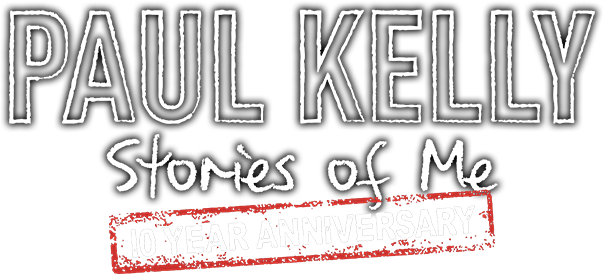Student’s Lesson
Songs Poetry and Lyrics
Poetry and song lyrics
Poetry has been sung from ancient times; King David’s psalms were sung accompanied by the lyre. Troubadours in the middle ages roamed the country singing ballads and other poetry to royal courts and in the homes of nobles. But contemporary song lyrics arise more directly from the lyrics made popular by the Romantics.
We can recognise the features of lyrics of popular music in William Wordsworth’s Preface to Lyrical Ballads (1800):
THE FIRST volume of these Poems …was published, as an experiment, which, I hoped, might be of some use to ascertain, how far, by fitting to metrical arrangement a selection of the real language of men in a state of vivid sensation, that sort of pleasure and that quantity of pleasure may be imparted, which a Poet may rationally endeavour to impart.
The principal object, then, proposed in these Poems was to choose incidents and situations from common life, and to relate or describe them, throughout, as far as was possible in a selection of language really used by men, and, at the same time, to throw over them a certain colouring of imagination, whereby ordinary things should be presented to the mind in an unusual aspect; and, further, and above all, to make these incidents and situations interesting by tracing in them, truly though not ostentatiously, the primary laws of our nature: chiefly, as far as regards the manner in which we associate ideas in a state of excitement.
Writing the Songs: Student activity 1
Highlight any statements about Wordsworth’s motivation for writing the Lyrical Ballads which resonate with your own experience of song lyrics.
Lyric poetry is expressive and tends to focus on feeling. Poetry and song lyrics share certain qualities. Both:
- engage the reader and listener emotionally
- benefit from evocative and compelling diction
- use effective imagery
- can benefit from the clear rhythm and rhyming pattern
- can also be made up of verses (stanzas) and refrains.
A refrain is more commonly a feature of song lyrics rather than poetry and is used to vary the rhyming pattern, to emphasise an idea (usually the logical conclusion of a verse) and carries the most tuneful part of the song, bringing it to a satisfying musical close.
Writing the Songs: Student activity 2
Writing a refrain
Below is one of the Lucy poems from Wordsworth’s Lyrical Ballads.
She dwelt among the untrodden ways
Beside the springs of Dove,
A Maid whom there were none to praise
And very few to love:
A violet by a mossy stone
Half hidden from the eye!
Fair as a star, when only one
Is shining in the sky.
She lived unknown, and few could know
When Lucy ceased to be;
But she is in her grave, and oh,
The difference to me!
Write a refrain for this poem that could be sung after each stanza. It will need to
- be the most “catchy” line/s of the poem
- bear repeating and
- convey the essential idea or feeling of the poem as a whole.
CREATING TEXTS / SONGS PATTERN & RECOGNITION
